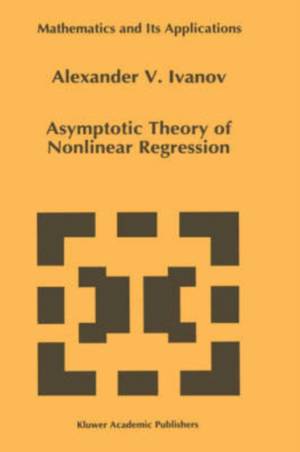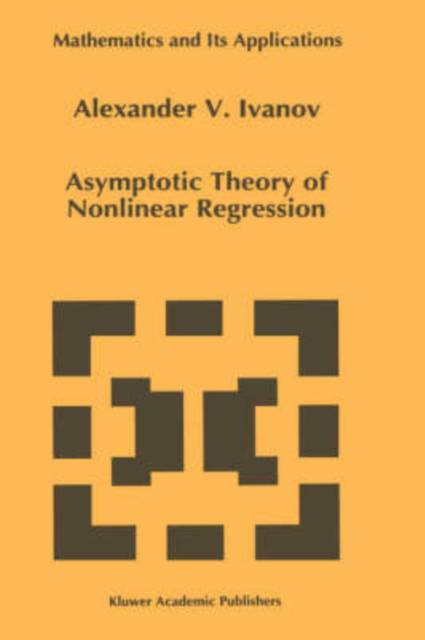
- Afhalen na 1 uur in een winkel met voorraad
- Gratis thuislevering in België vanaf € 30
- Ruim aanbod met 7 miljoen producten
- Afhalen na 1 uur in een winkel met voorraad
- Gratis thuislevering in België vanaf € 30
- Ruim aanbod met 7 miljoen producten
Zoeken
Omschrijving
Let us assume that an observation Xi is a random variable (r.v.) with values in 1 1 (1R1, 8 ) and distribution Pi (1R1 is the real line, and 8 is the cr-algebra of its Borel subsets). Let us also assume that the unknown distribution Pi belongs to a 1 certain parametric family {Pi(), () E e}. We call the triple £i = {1R1, 8, Pi(), () E e} a statistical experiment generated by the observation Xi. n We shall say that a statistical experiment £n = {lRn, 8, P;, () E e} is the product of the statistical experiments £i, i = 1, ..., n if PO' = P () X ... X P () (IRn 1 n n is the n-dimensional Euclidean space, and 8 is the cr-algebra of its Borel subsets). In this manner the experiment £n is generated by n independent observations X = (X1, ..., Xn). In this book we study the statistical experiments £n generated by observations of the form j = 1, ..., n. (0.1) Xj = g(j, (}) + cj, c c In (0.1) g(j, (}) is a non-random function defined on e, where e is the closure in IRq of the open set e IRq, and C j are independent r. v .-s with common distribution function (dJ.) P not depending on ().
Specificaties
Betrokkenen
- Auteur(s):
- Uitgeverij:
Inhoud
- Aantal bladzijden:
- 330
- Taal:
- Engels
- Reeks:
- Reeksnummer:
- nr. 389
Eigenschappen
- Productcode (EAN):
- 9780792343356
- Verschijningsdatum:
- 30/11/1996
- Uitvoering:
- Hardcover
- Formaat:
- Genaaid
- Afmetingen:
- 156 mm x 234 mm
- Gewicht:
- 653 g

Alleen bij Standaard Boekhandel
+ 307 punten op je klantenkaart van Standaard Boekhandel
Beoordelingen
We publiceren alleen reviews die voldoen aan de voorwaarden voor reviews. Bekijk onze voorwaarden voor reviews.








